Optimal Timing for Residential Demolitions
Residential demolitions require careful timing to ensure safety, efficiency, and compliance with local regulations. Factors such as weather conditions, seasonal restrictions, and project scope influence the optimal timing for demolition projects. Planning ahead can help minimize disruptions and avoid delays.
Demolitions are best scheduled during dry, mild weather to prevent delays caused by rain, snow, or extreme temperatures.
Spring and early fall often provide ideal conditions for demolition, with moderate temperatures and less severe weather.
Timing must align with local permit schedules and restrictions, which may vary by region and season.
Larger projects may require more planning time, influencing the start date based on resource availability.
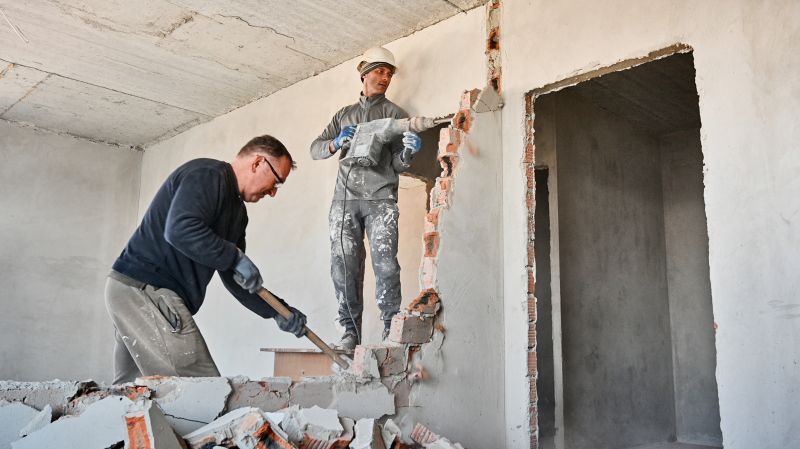
A residential demolition underway with safety barriers in place.

Heavy machinery preparing a house for demolition on a clear day.

Workers using safety gear during a residential demolition project.
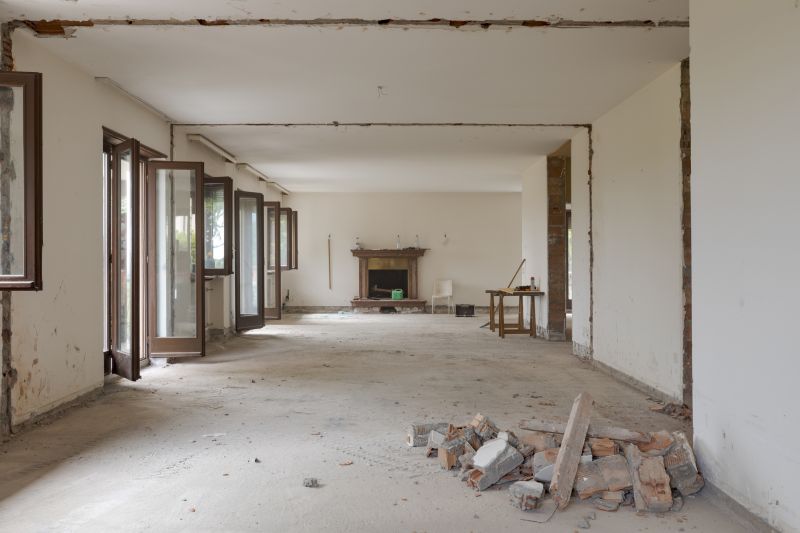
Ways to make Residential Demolitions work in tight or awkward layouts.
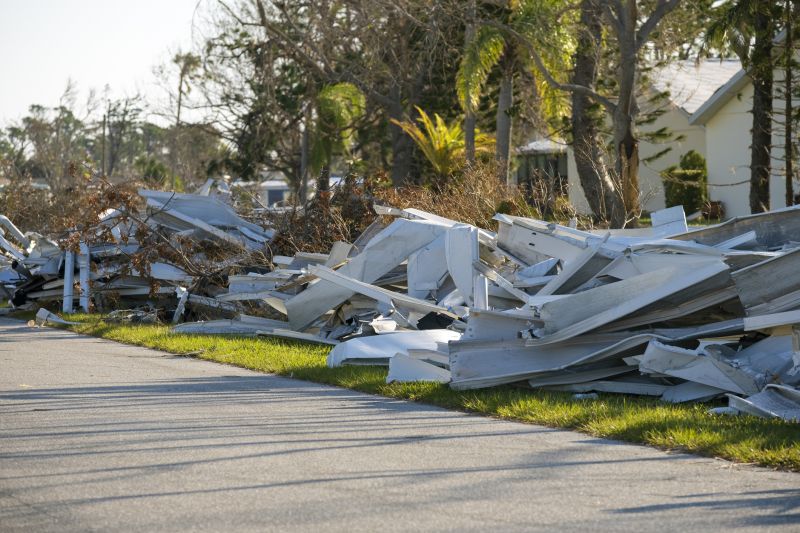
Popular materials for Residential Demolitions and why they hold up over time.
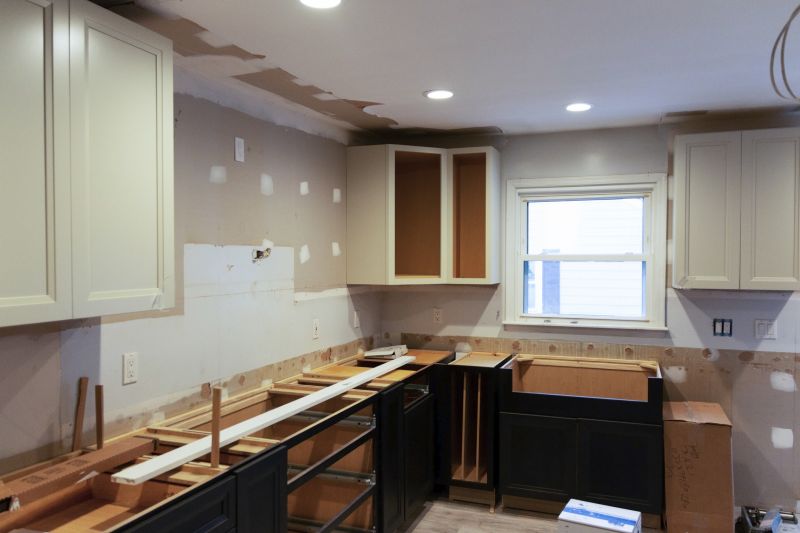
Simple add-ons that improve Residential Demolitions without blowing the budget.
Residential demolitions involve the systematic removal of existing structures to prepare for new construction or redevelopment. These projects can vary from partial to complete demolitions, often requiring detailed planning, permits, and adherence to safety standards. Proper timing ensures minimal impact on surrounding properties and communities, while also optimizing project costs and schedules.
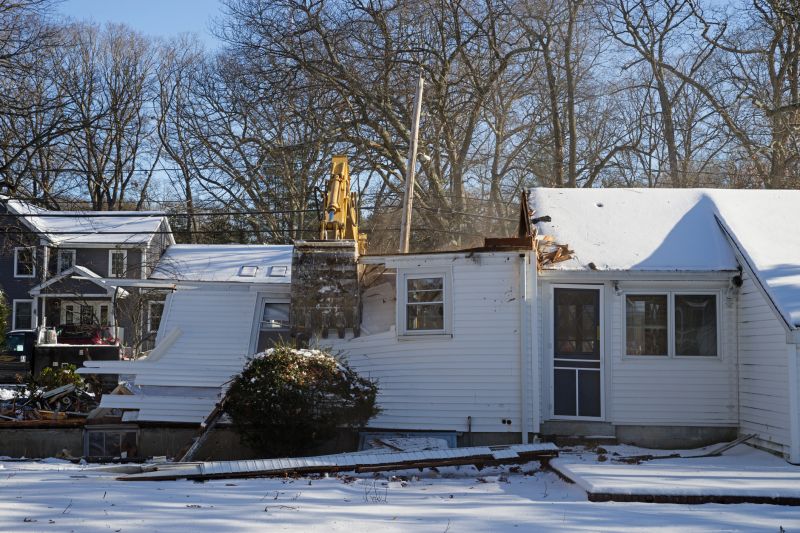
A residential property before demolition begins.

The house being carefully dismantled using specialized equipment.
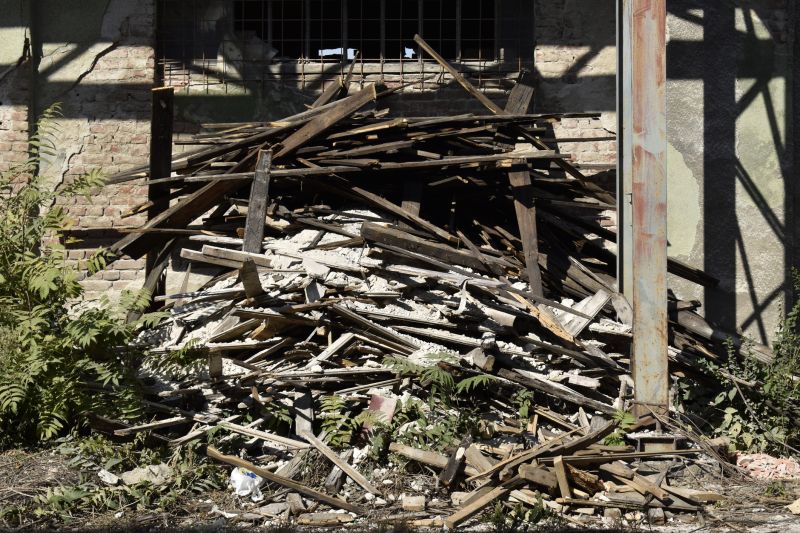
Debris being cleared from a residential demolition site.
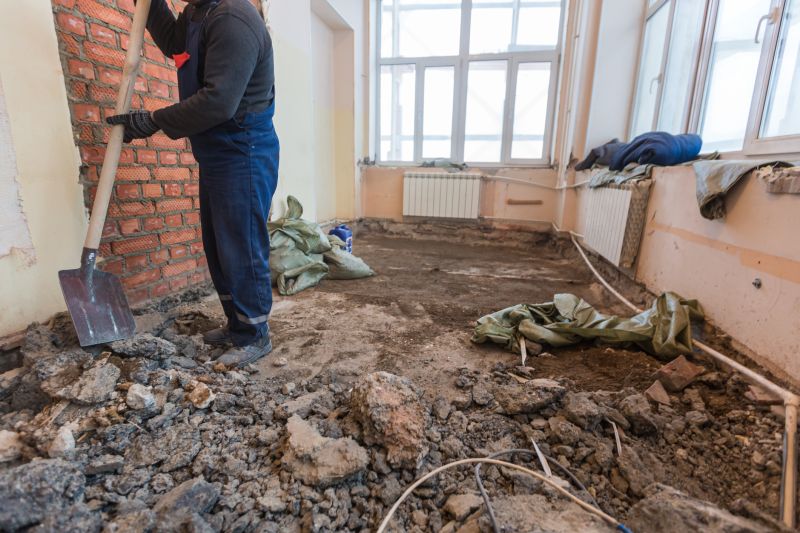
Cleaned and cleared site ready for new development.
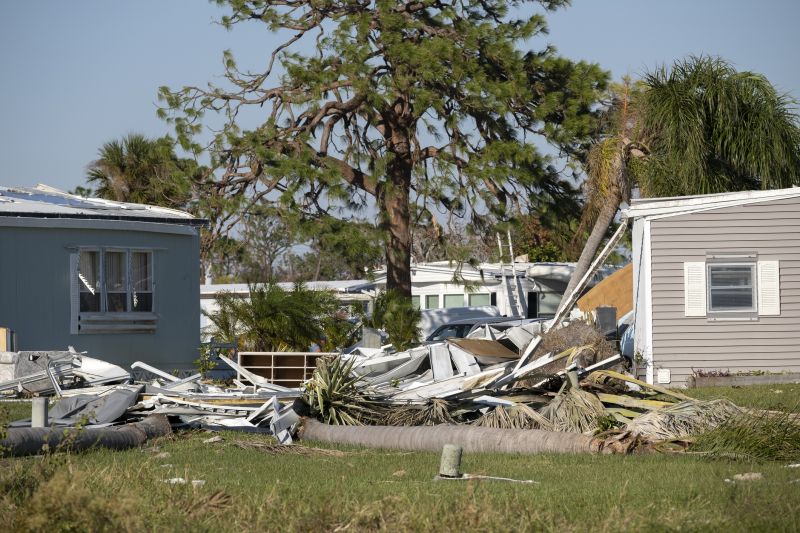
High-end options that actually feel worth it for Residential Demolitions.

Finishes and colors that play nicely with Residential Demolitions.
| Factor | Optimal Timing Consideration |
|---|---|
| Weather | Dry and mild conditions preferred |
| Seasons | Spring and early fall optimal |
| Permits | Align with local permit schedules |
| Community Impact | Schedule during low activity periods |
| Project Size | Larger projects need extended planning |
| Local Regulations | Comply with seasonal restrictions |
| Availability of Equipment | Ensure machinery and crew availability |
| Environmental Conditions | Avoid extreme temperatures or storm seasons |
Choosing the right time for residential demolitions can significantly impact project success. Proper planning considers weather, seasonal restrictions, permit timing, and community factors. Scheduling during favorable conditions helps ensure safety, reduces delays, and facilitates a smoother transition to subsequent construction phases.

Heavy machinery operating on a residential site.
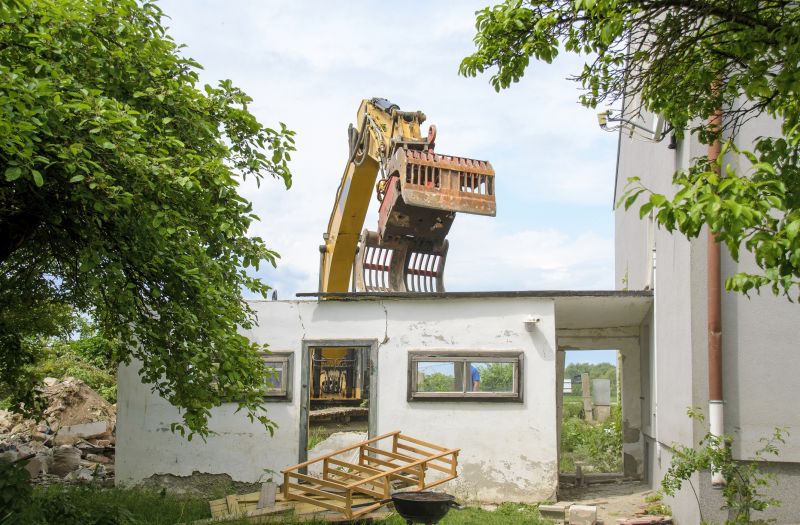
Post-demolition site ready for new construction.
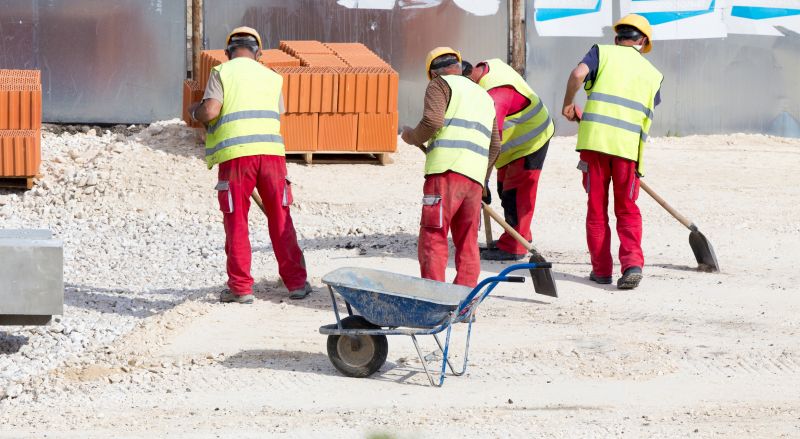
Workers equipped with safety gear during demolition.

A vacant lot after demolition, prepared for development.
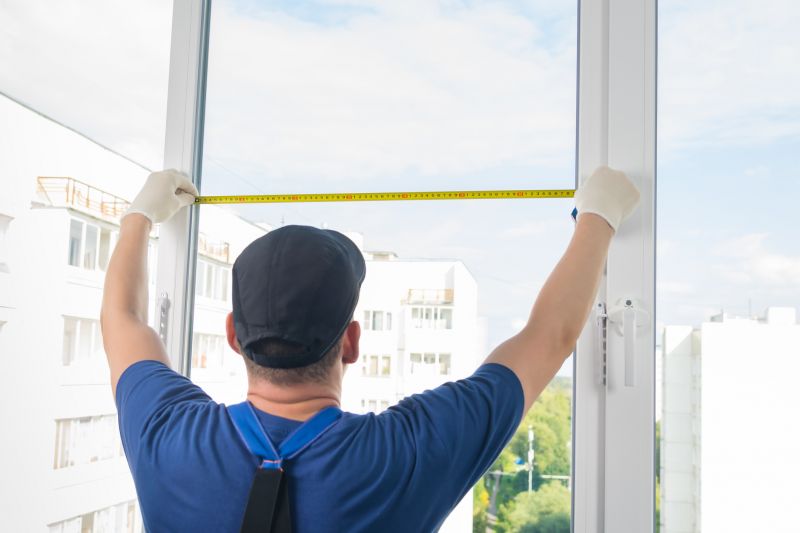
Little measurements that prevent headaches on Residential Demolitions day.

A 60-second routine that keeps Residential Demolitions looking new.
Interested in residential demolitions? Filling out the contact form can provide tailored information regarding scheduling, permits, and project planning. Proper timing and preparation are essential for a successful demolition process that meets all safety and regulatory standards.



